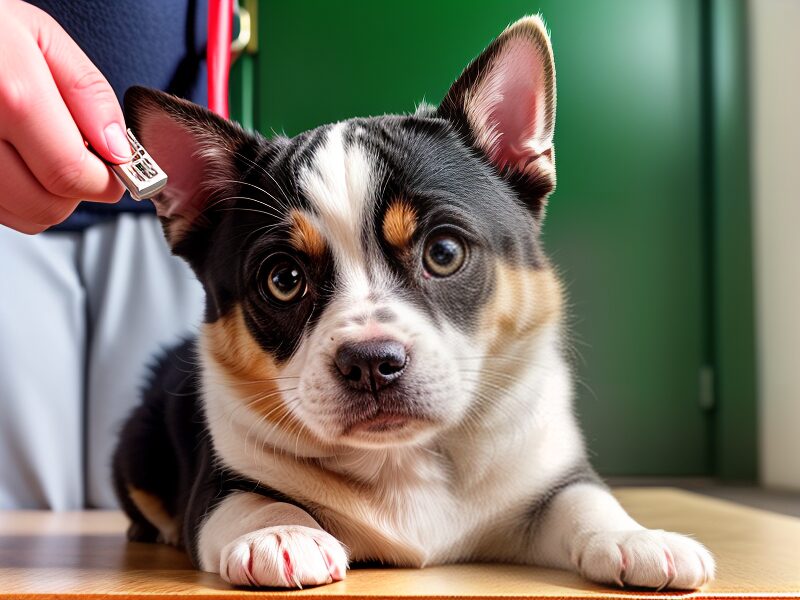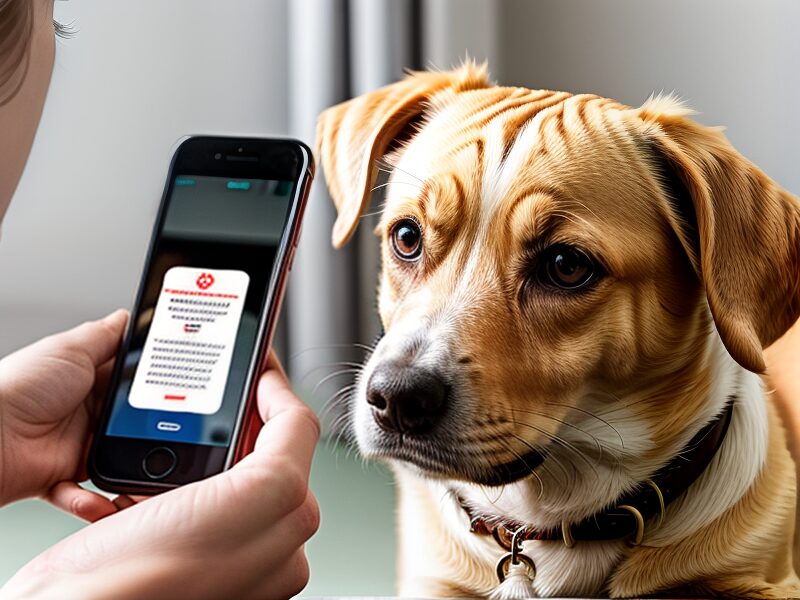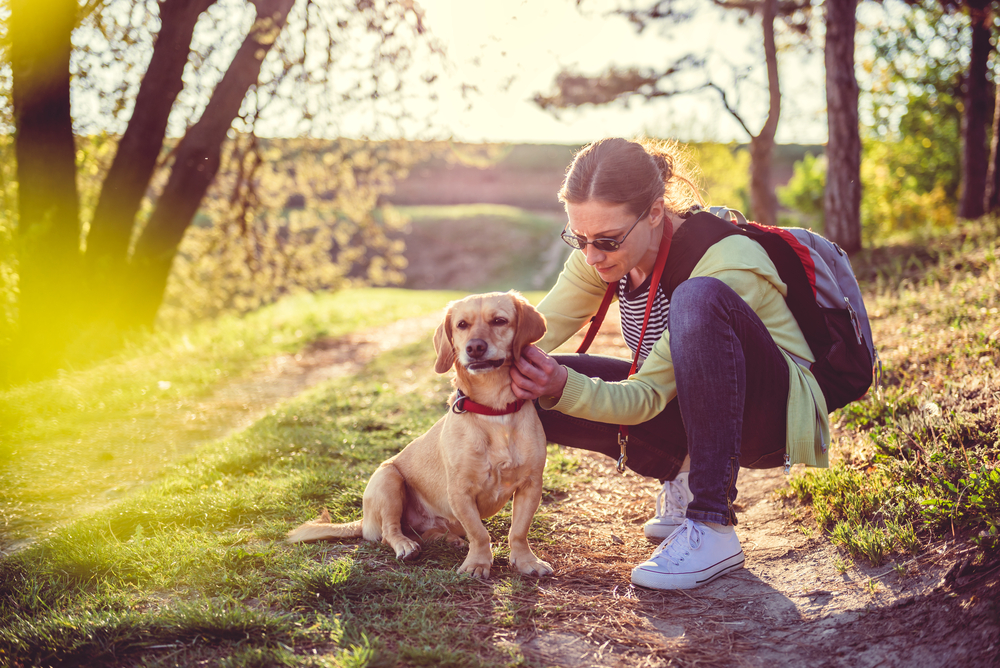Embrace the Future of Pet Safety
New Microchipping Laws: What You Need to Know
With the recent overhaul of the UK’s pet microchipping system, it’s crucial for every pet owner to understand and comply with these vital changes. These reforms enhance the likelihood of reuniting lost pets with their families and improve overall pet welfare.
Streamlined Microchipping Processes
Enhanced Safety and Efficiency in Pet Microchipping
The Department for Environment, Food & Rural Affairs (Defra) has recently implemented pivotal reforms in the pet microchipping system. These changes are designed to enhance the accuracy and accessibility of microchip data, ensuring a faster response when pets are lost or stolen. By integrating a centralised access portal, the system now allows quick data retrieval by authorised personnel, thereby reducing the time and complexity involved in locating a pet’s owner.
This reform not only secures a higher recovery rate of lost pets but also fortifies the fight against pet theft, ensuring that pets and their owners are reunited swiftly. The introduction of a mandatory accuracy check for microchip records and a standardised objection period for pet keepership transfer further solidifies the integrity of the microchipping system.
A Leap Towards Futuristic Pet Management
Key Features of the New Microchipping Reforms

Centralised Access Portal
A new development is the creation of a single, central portal. This enables authorised users—such as veterinarians, local authorities, and police officers—to access microchip records quickly and easily. By bypassing the need to contact multiple databases, this centralised system drastically reduces the time it takes to reunite pets with their owners.

Enhanced Record Accuracy
To further ensure pets’ swift return, the reforms mandate enhanced accuracy of microchip information. Database operators are now required to present an option indicating whether a pet is reported as ‘missing’. This crucial feature aims to tackle pet theft by flagging suspicious activities.

Standardised Procedures
The reform introduces standardised processes amongst database operators, including a 28-day objection period for the current keeper before transferring pet keepership. This measure helps prevent the creation of duplicate records and ensures the valid transfer of a pet’s keepership.
With over nine million pet dogs and nine million pet cats in England, it is devasting for owners when they are lost or stolen. Microchipping is the most effective and quickest way of identifying pets, with microchipped dogs more than twice as likely to be reunited with their owner.
Voices of Advocacy: Leaders on Microchipping Reforms
Insight from Lord Douglas Miller
Animal Welfare Minister Lord Douglas Miller highlights, Animal Welfare Minister Lord Douglas Miller said “These vital reforms will simplify the microchipping system to make it quicker for vets, local authorities and police to access important information when they need it, helping to safeguard pets from theft and increase the likelihood of lost pets being returned home.”
“Pets are treasured members of the family so it can be devastating for owners when they are lost or stolen.
Commentary by Michael Webb
Michael Webb, Battersea’s head of policy and public affairs, said: “We see dogs and cats arrive at our centres every day with out-of-date microchips, or sadly no microchip at all, making it near-impossible for our staff to reunite people with their pets.
These reforms, which we have been calling for some time, will not only help rescues like Battersea reunite more pets in less time, but also hopefully better protect dogs and cats from theft.”
Essential FAQs on Pet Microchipping Reforms
Explore common questions about the new microchipping regulations designed to enhance pet safety and streamline the recovery process.

What are the new microchipping reforms?
The recent reforms introduce a centralised access portal for microchip records, improve the accuracy of these records, and standardise procedures across database operators to ensure quick and efficient pet recovery.
How do these reforms affect pet owners?
Pet owners must ensure their pets are microchipped by June 10, 2024, and keep their contact details on the microchip database up to date to comply with the new regulations. This increases the likelihood of pets being safely returned if lost or stolen.
What should veterinary professionals know about the new system?
Veterinarians should inform pet owners about the importance of microchipping and maintaining current contact information in the database. They also benefit from quicker access to microchip data, aiding in the swift return of lost pets.
How can local authorities leverage the new microchipping system?
Local authorities can use the centralised portal to quickly identify and recover lost or stolen pets, reducing administrative burdens and improving community safety and compliance with pet ownership laws.
In conclusion, the introduction of the pet microchipping reforms marks a significant advancement in safeguarding the beloved members of our families. By adhering to the updated legislation, we can collectively contribute to a safer environment for our pets.


